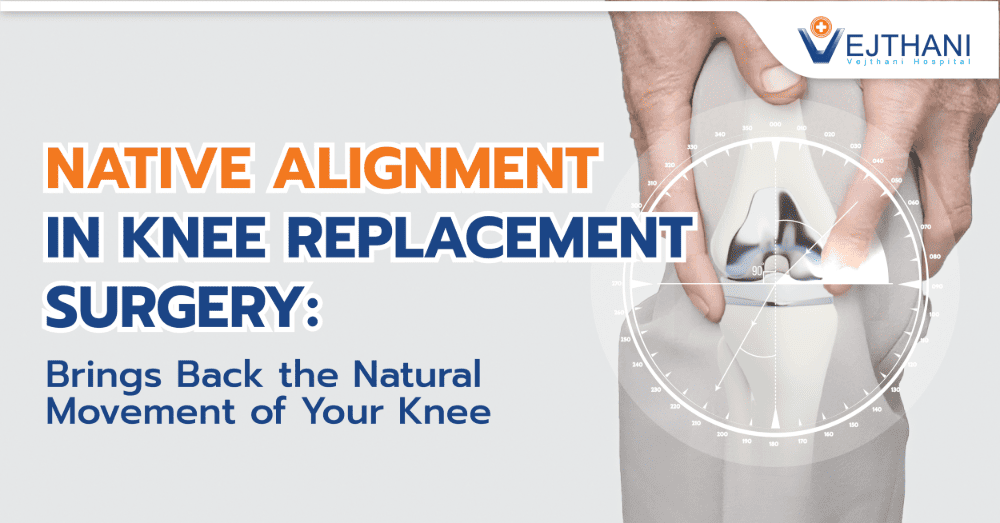
Bilevel positive airway pressure (BiPAP)
Overview
Bilevel positive airway pressure (BPAP), commonly known as BiPAP, is a noninvasive ventilation device that assists with breathing. Unlike invasive mechanical ventilation, which involves a tube inserted into the throat, BiPAP delivers air through a face mask. This method is used when a person can breathe independently but struggles to get enough oxygen or expel carbon dioxide.
BiPAP works by pushing air into the airway at a higher pressure, ensuring it remains open and facilitating airflow into and out of the lungs. The term “bilevel” refers to the machine’s ability to provide two different pressures: a higher pressure during inhalation, known as inhalation positive airway pressure (IPAP), and a lower pressure during exhalation, known as exhalation positive airway pressure (EPAP). These pressures can be set to change automatically based on the user’s breathing patterns or at timed intervals.
Healthcare providers often use BiPAP in emergency or intensive care situations. Additionally, some individuals use BiPAP machines at home to manage chronic conditions. This device offers a critical solution for those who need assistance with breathing but do not require invasive methods.
Reasons for undergoing the procedure
If you require assistance breathing in an emergency or if you have certain chronic conditions, you may utilize a BiPAP equipment. BiPAP can be used by healthcare providers to treat the following conditions:
- Chronic obstructive pulmonary disease (COPD).
- Heart failure.
- Hypercapnic respiratory failure: This occurs when your body accumulates carbon dioxide in your blood and your exhalations are ineffective in releasing it.
- Obstructive sleep apnea.
Risk
BiPAP’s risks may include the following:
- BiPAP causes discomfort, and you may find it intolerable for extended periods of time.
- Aspiration pneumonia.
- If you are not breathing on your own, the healthcare provider is unable to provide BiPAP to you.
- Low blood pressure (hypotension).
- Overly high-pressure causing harm to your lungs (this is uncommon and may be avoided with certain devices or masks).
- Some people may feel claustrophobic, as if they are enclosed or confined, when wearing the mask.
Procedure
When a healthcare provider sets up your BiPAP:
- Turn on the BiPAP machine: The provider will turn on the machine and adjust the settings as needed. This adjustment process is called “titration.”
- Fit the mask: The provider will fit the mask over your face. Masks can cover just your nose or both your nose and mouth. The provider will adjust the mask to ensure it is neither too tight nor too loose.
If you are setting up your own BiPAP machine:
- Set up the machine:
- Place the machine on a stable surface.
- Check the filter.
- Set up the humidifier.
- Attach the hoses to the machine and the mask.
- Follow the instructions provided by your healthcare or medical equipment provider.
- Put on your mask:
- Adjust the mask according to your provider’s instructions.
- This is usually done while sitting up.
- Turn on the machine: Simply switch on the BiPAP machine.
- Adjust the mask if necessary: Lay down and make any necessary readjustments to your mask to ensure a proper fit.
The duration of BiPAP use varies depending on the underlying reason for its use. For conditions other than sleep apnea, most individuals use BiPAP only until they can breathe independently again. Unlike invasive mechanical ventilation, BiPAP does not entirely take over breathing. If BiPAP is needed for more than a few consecutive days, it’s crucial to take breaks, either by breathing without the machine or by receiving supplemental oxygen through a nasal cannula.
For those using BiPAP to treat sleep apnea, it can be used indefinitely during nighttime sleep. This continuous use helps maintain normal breathing patterns and improves sleep quality for individuals with this condition.
Outcome
The time it takes to feel better while using a BiPAP machine depends on the reason for its use. For sleep apnea, it may take a few days to a few weeks to notice improvements. You might feel more rested, have increased energy, or find that you no longer need daytime naps. On the other hand, COPD flare-ups can last for days or weeks, even with BiPAP treatment. If you feel that your sleep apnea or COPD is not well managed, talk to your healthcare provider. They can help determine which treatment options might be most effective for your specific condition.
Contact Information
service@vejthani.com






















